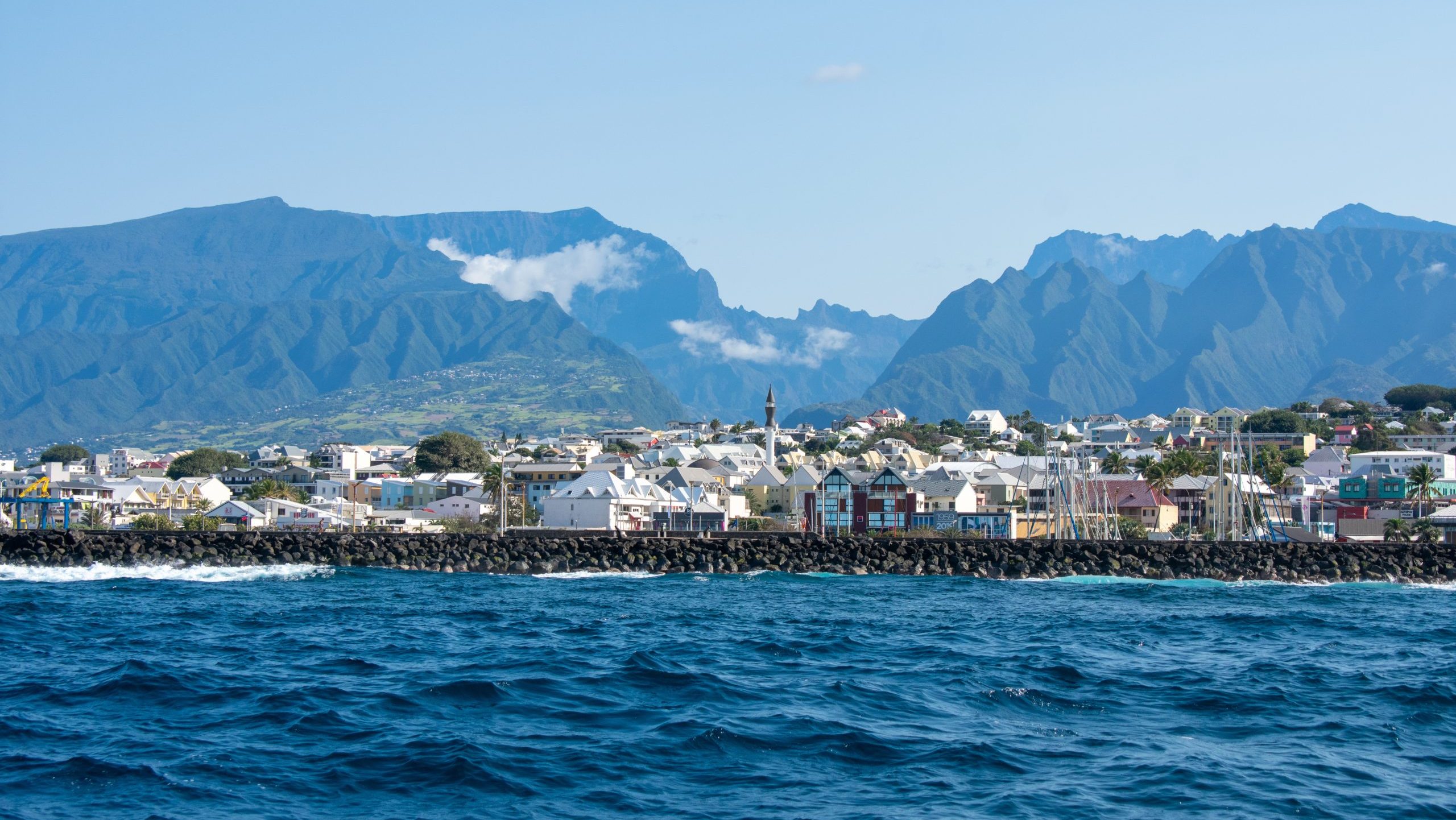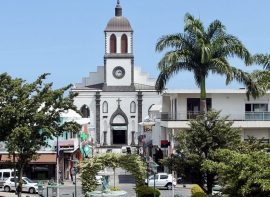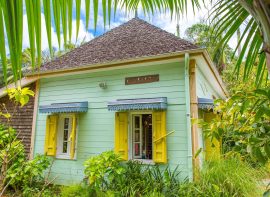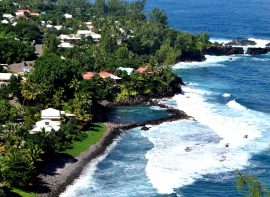

History
The history of Saint-Pierre began in the 18th century, almost a century after the island was first settled. In 1730, the first inhabitants of this southern village built a church, which was later named Saint-Pierre. Six years later, the village was officially recognized by the governor of the time, François Mahé de Labourdonnais. Eager to develop this new territory, he built new stores for the Compagnie des Indes (today transformed into the Town Hall).
The 19th century saw a major expansion of its infrastructure thanks to the golden age of sugar cane: diversion of water from the Rivière Saint-Etienne, construction of the port and completion of the railway line linking Saint-Denis in 1882.
Today, with its 84,000 inhabitants, Saint-Pierre is the capital of the south and a symbol of Réunion’s unique mix of cultures.
Agenda
- June
Sakifo Music Festival (world music festival) - October
Dipavali (Tamil festival of lights) - December 20
Fête de la Liberté (commemorating the abolition of slavery). Entertainment, concerts.
Getting around
It’s difficult to get around downtown Saint-Pierre, as traffic is often very heavy. As the downtown area is relatively concentrated, we advise you to park your car and visit it on foot.



